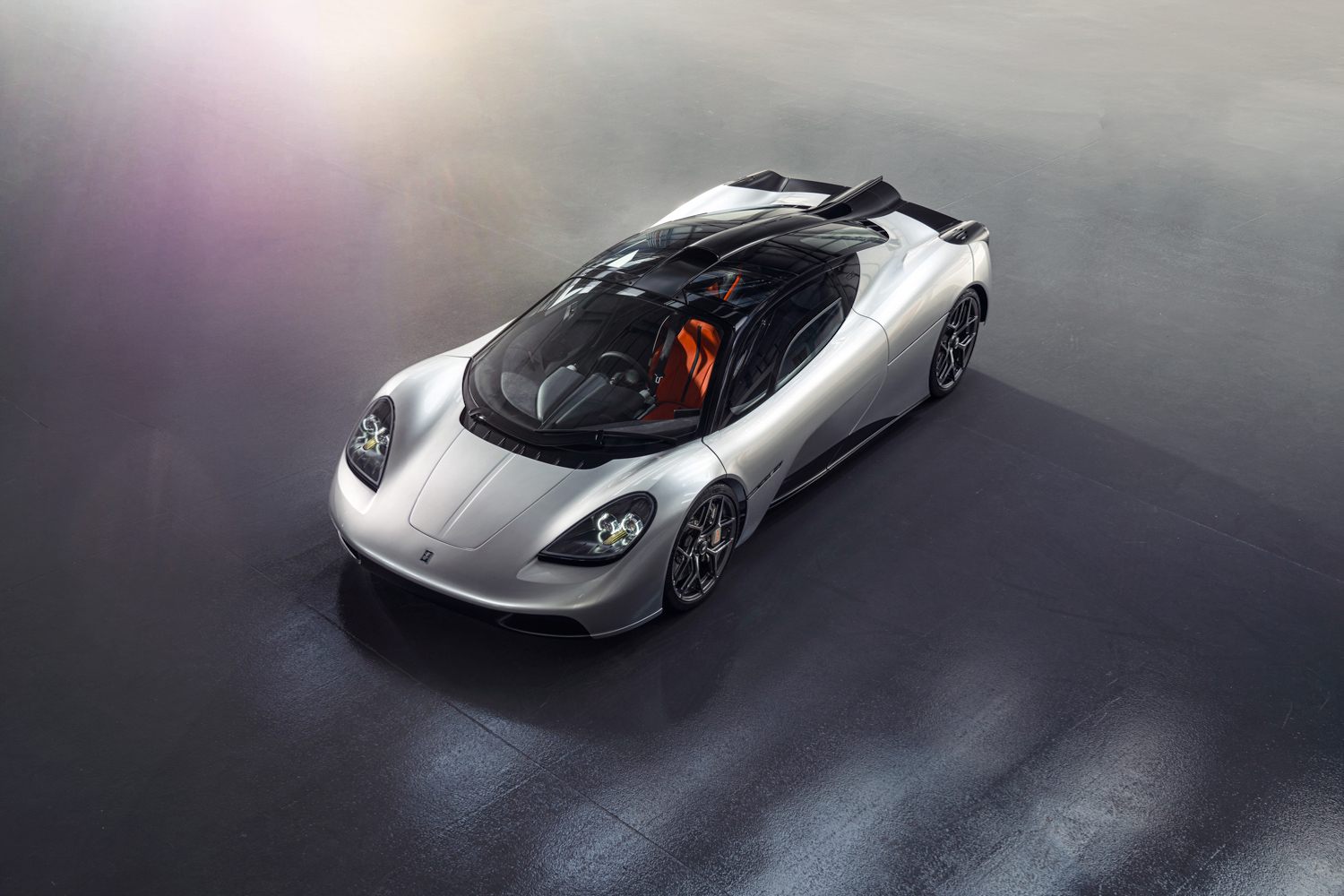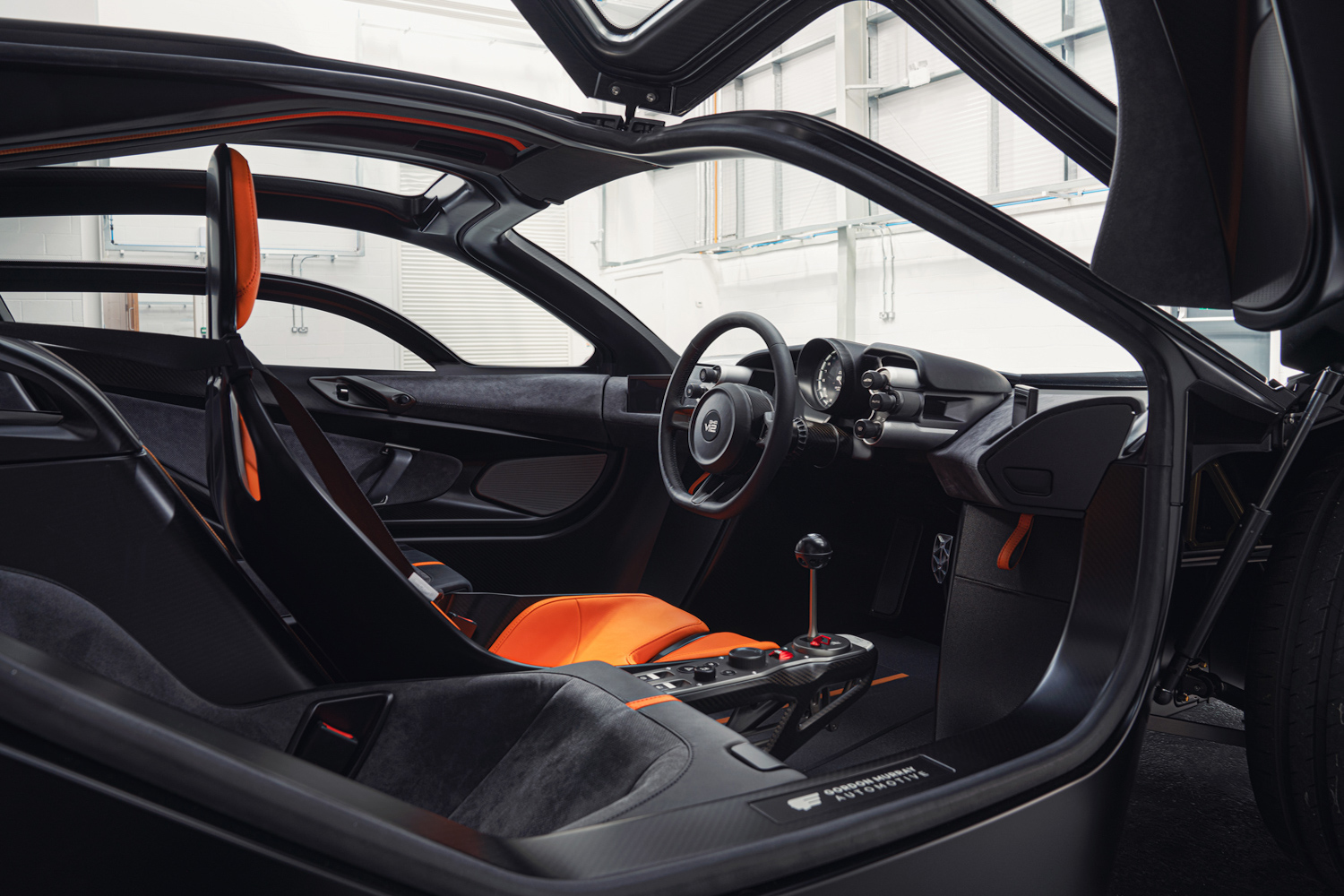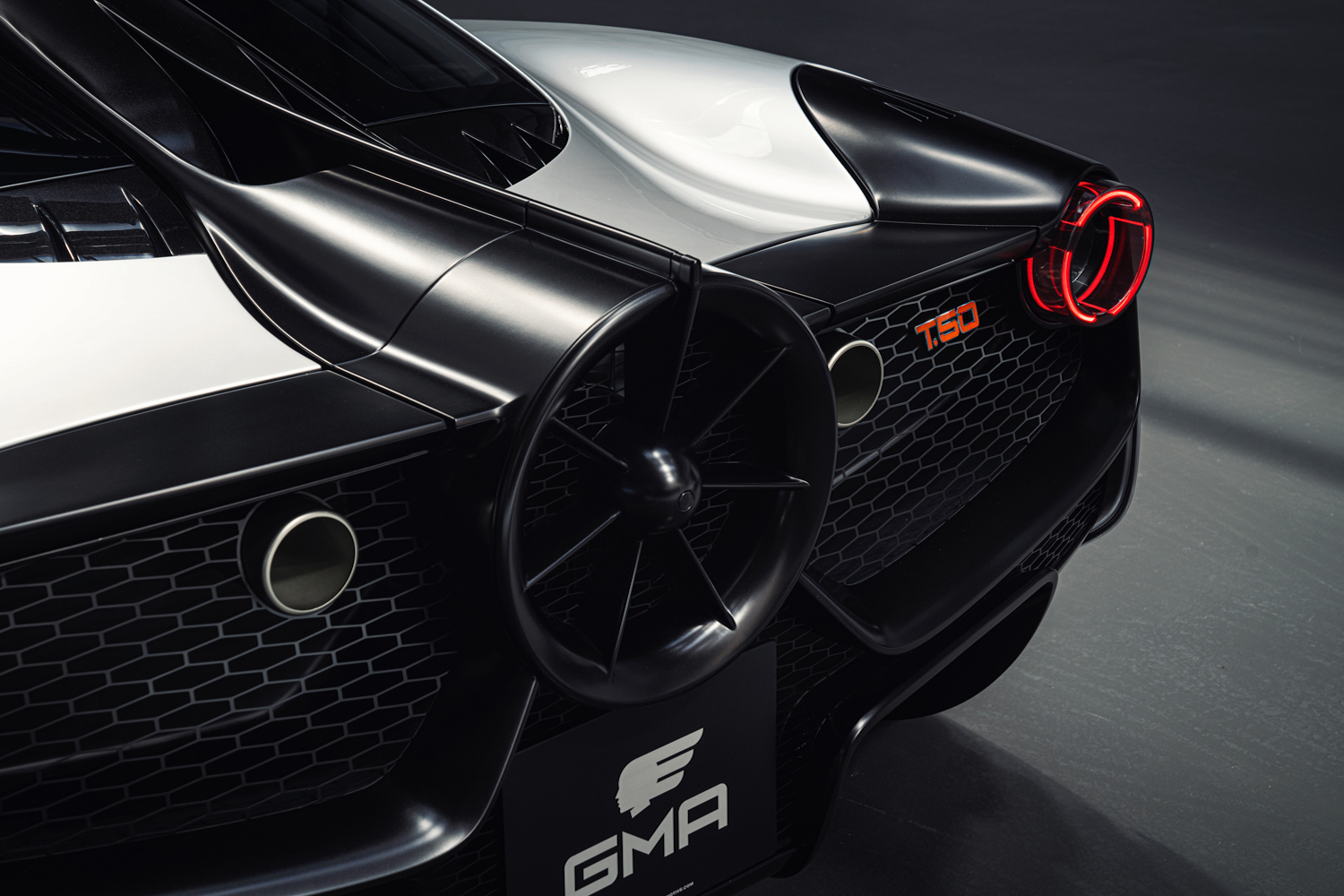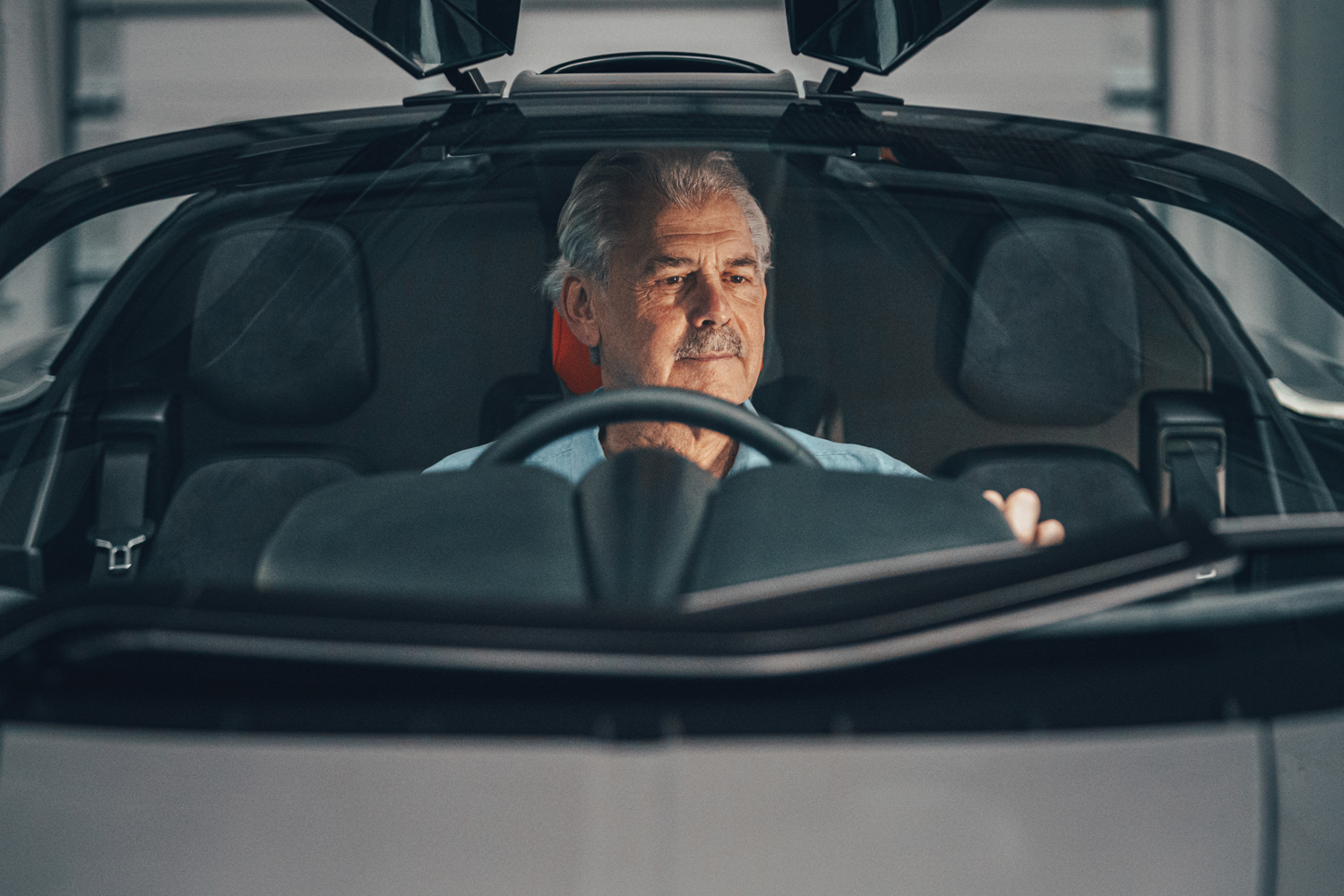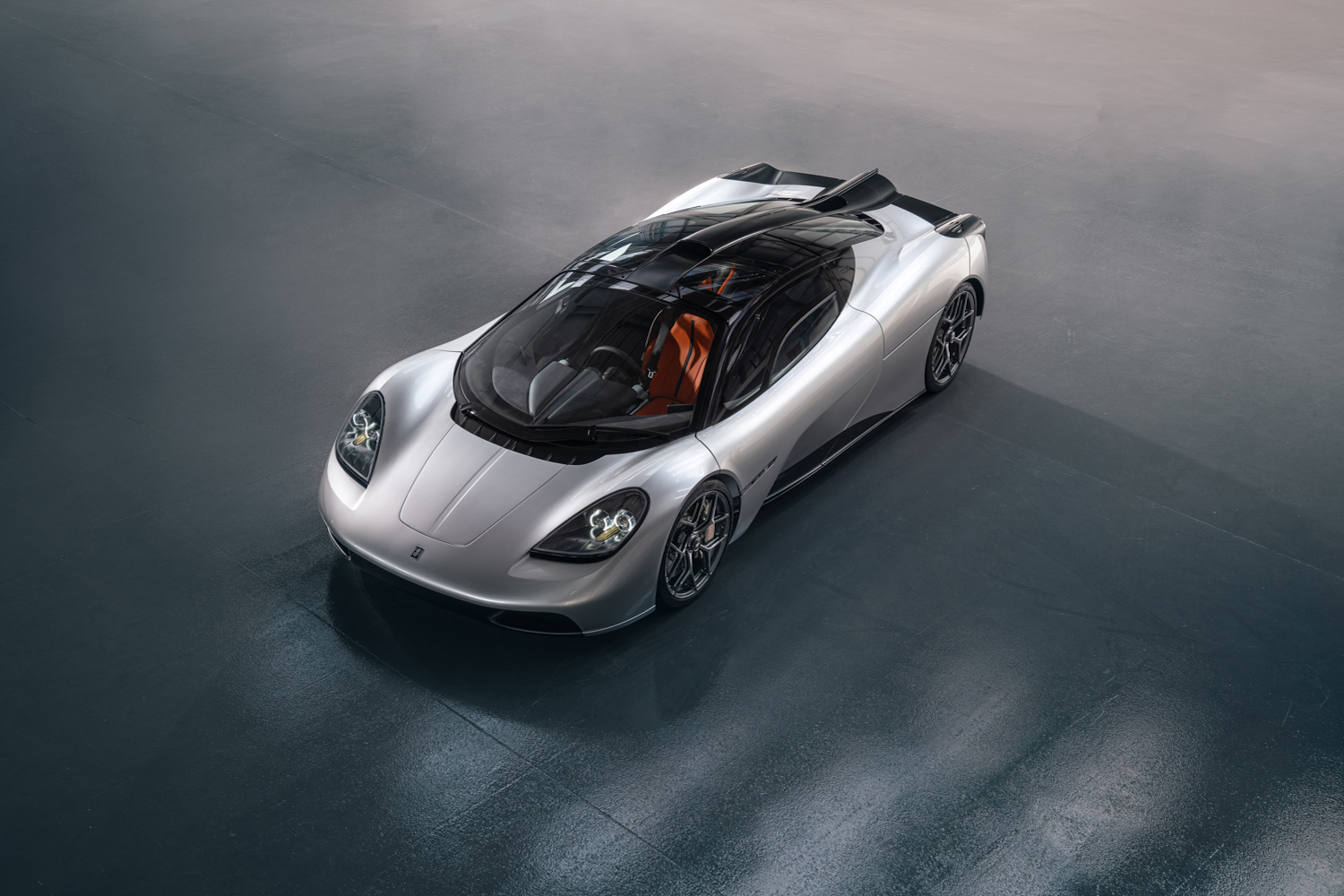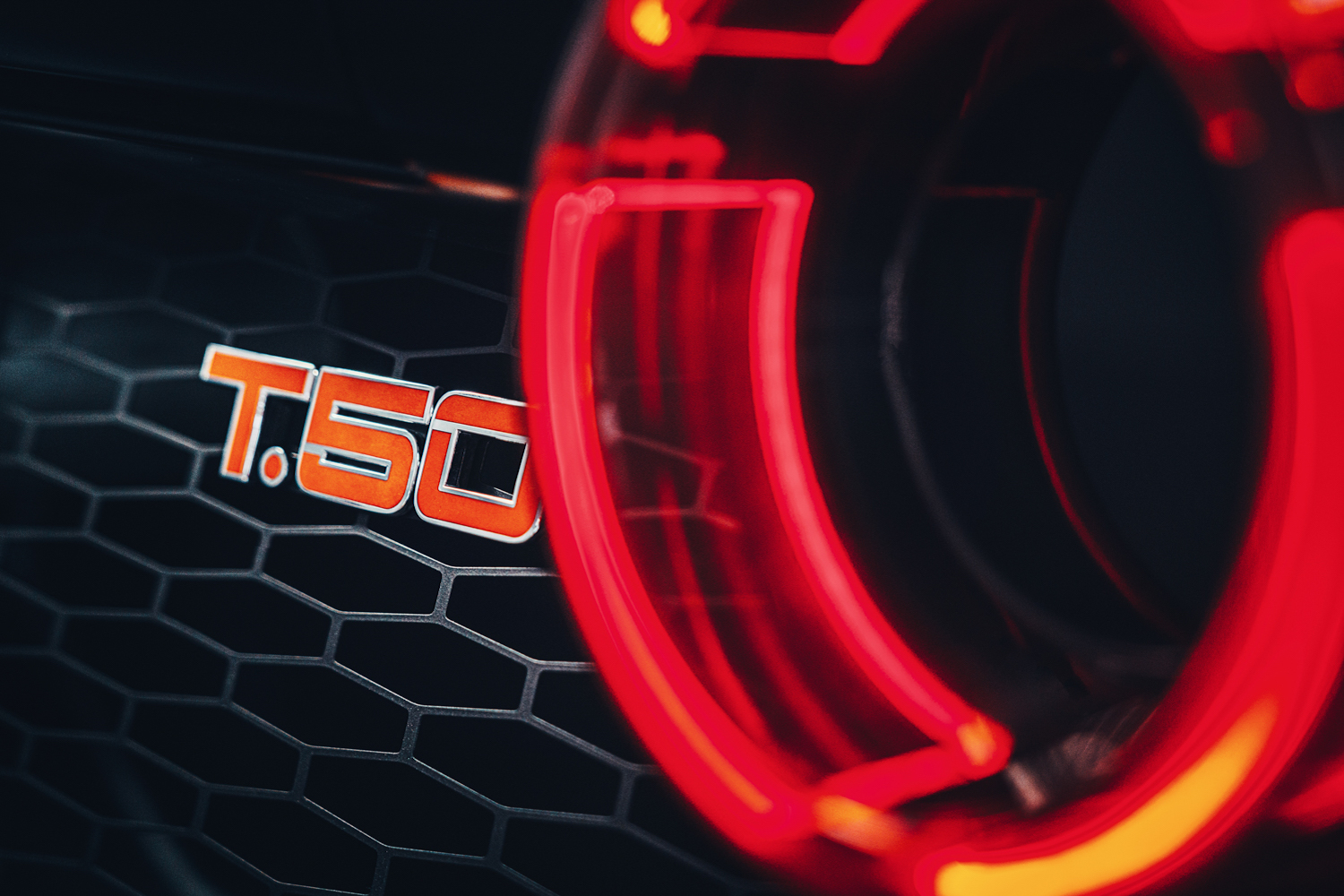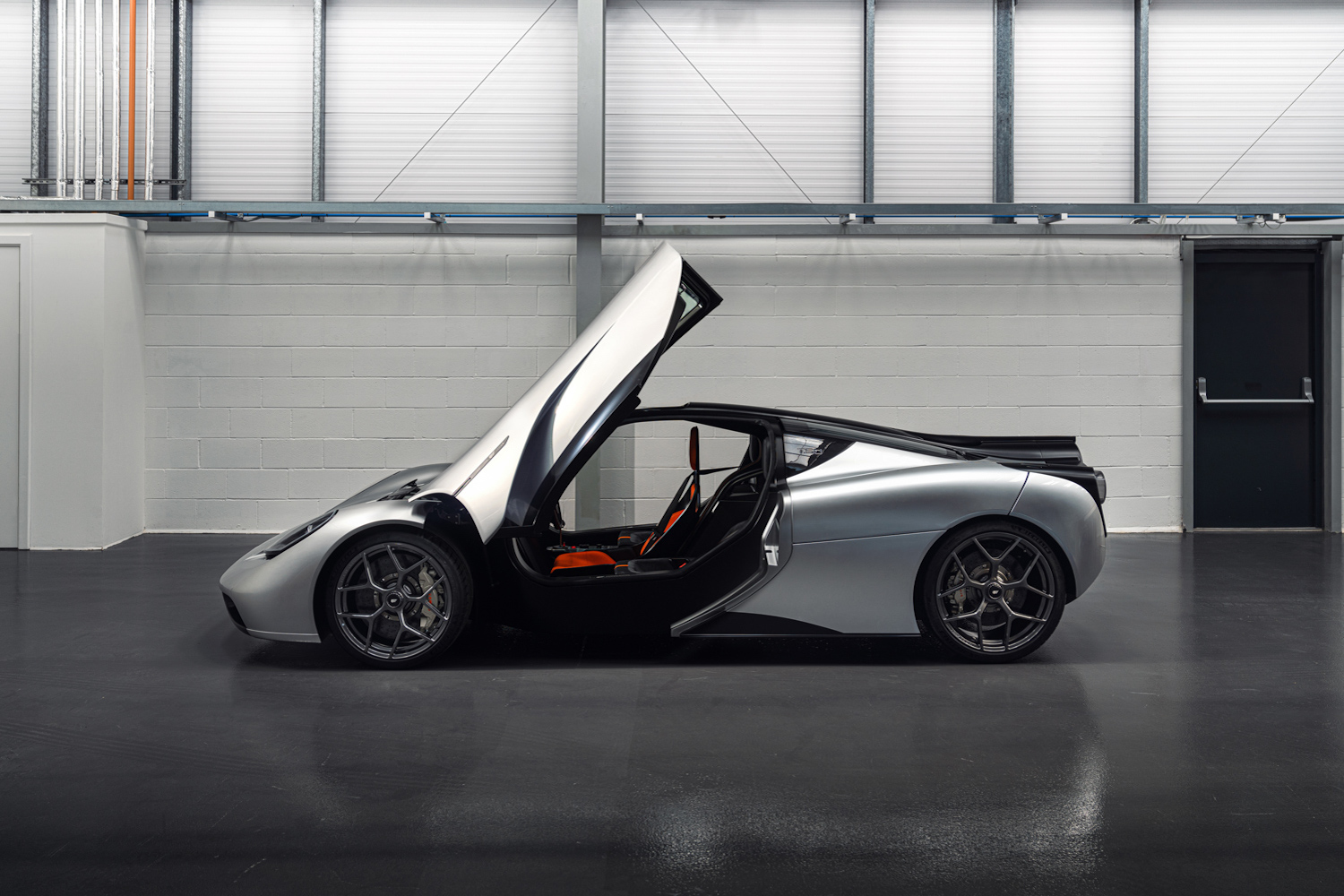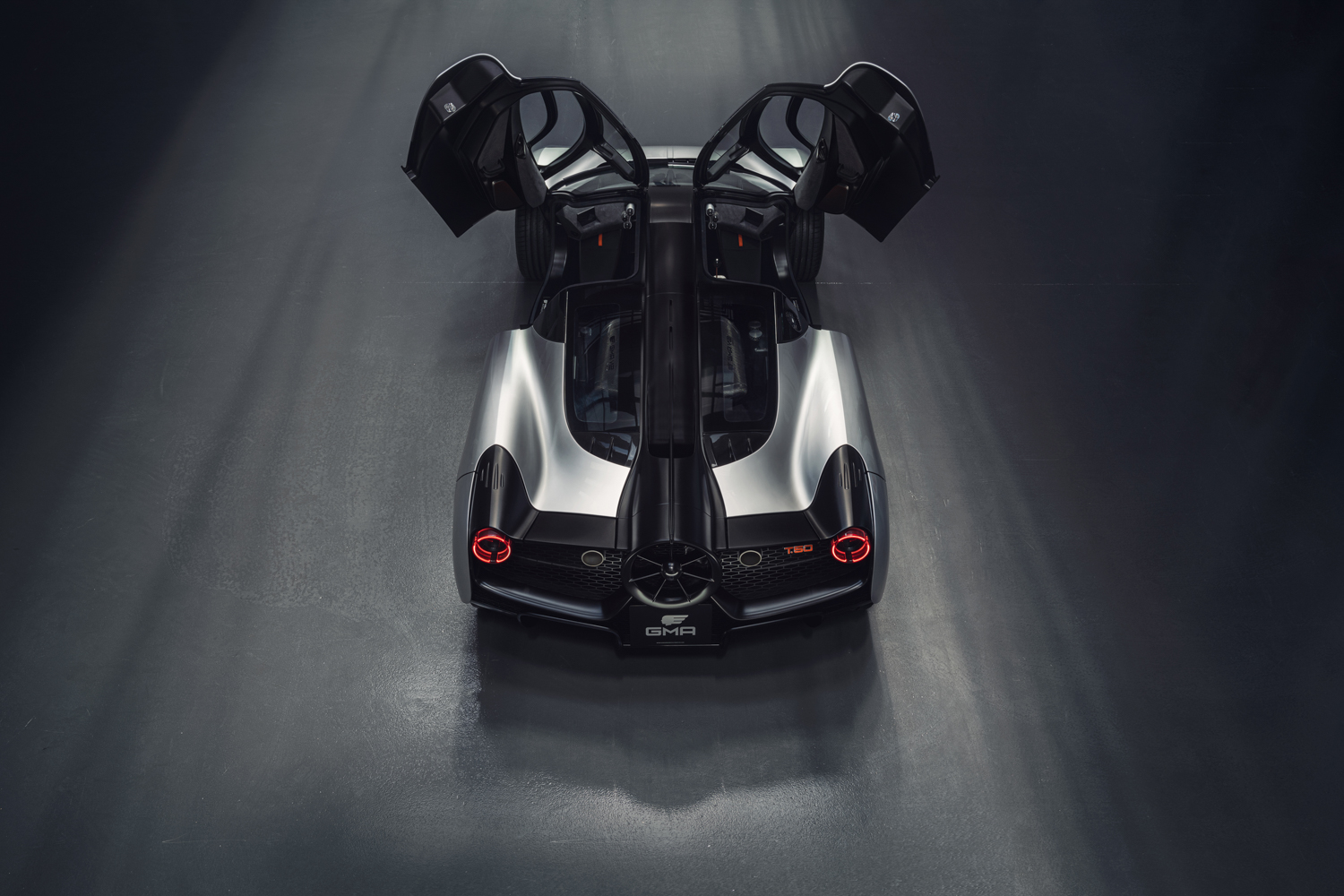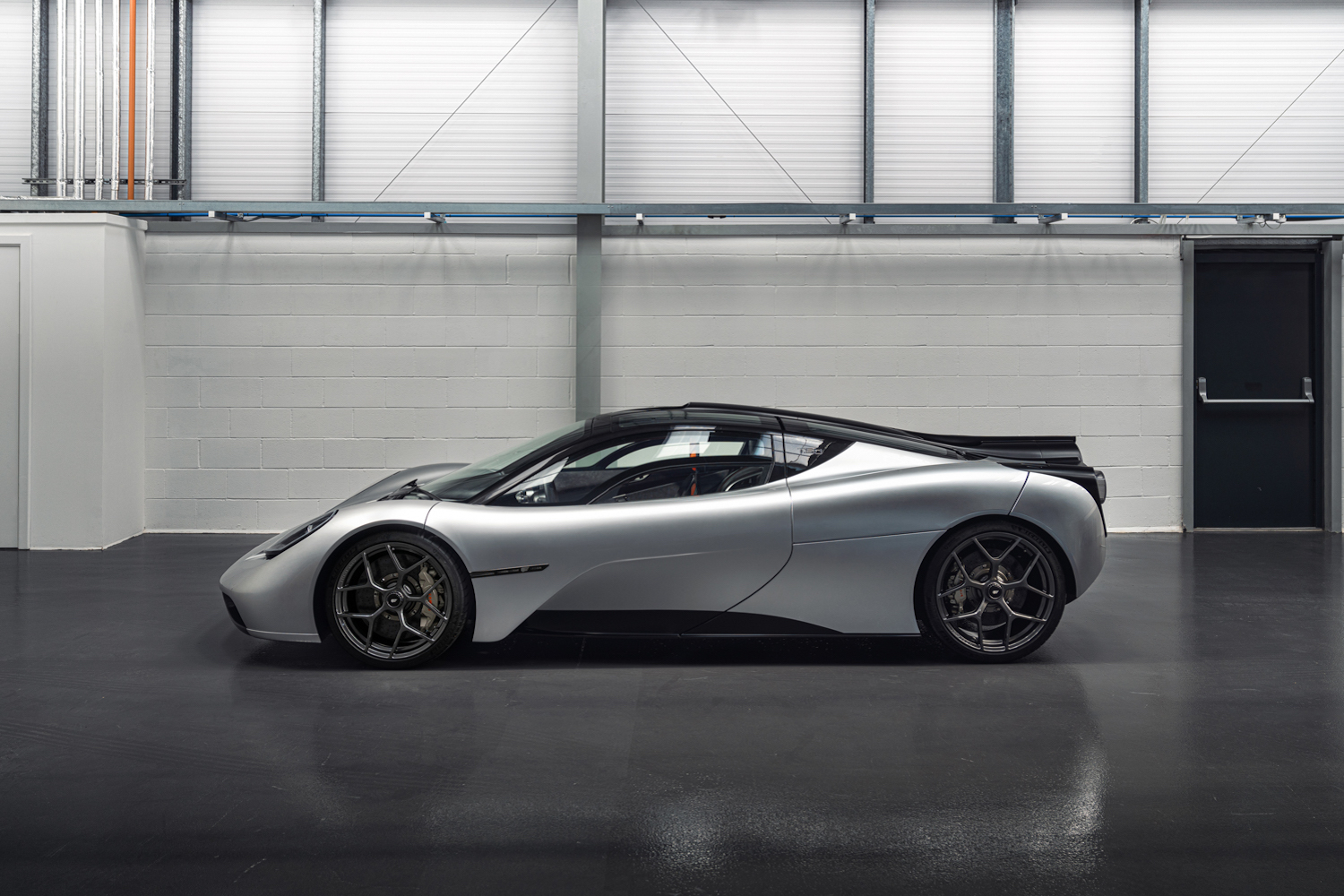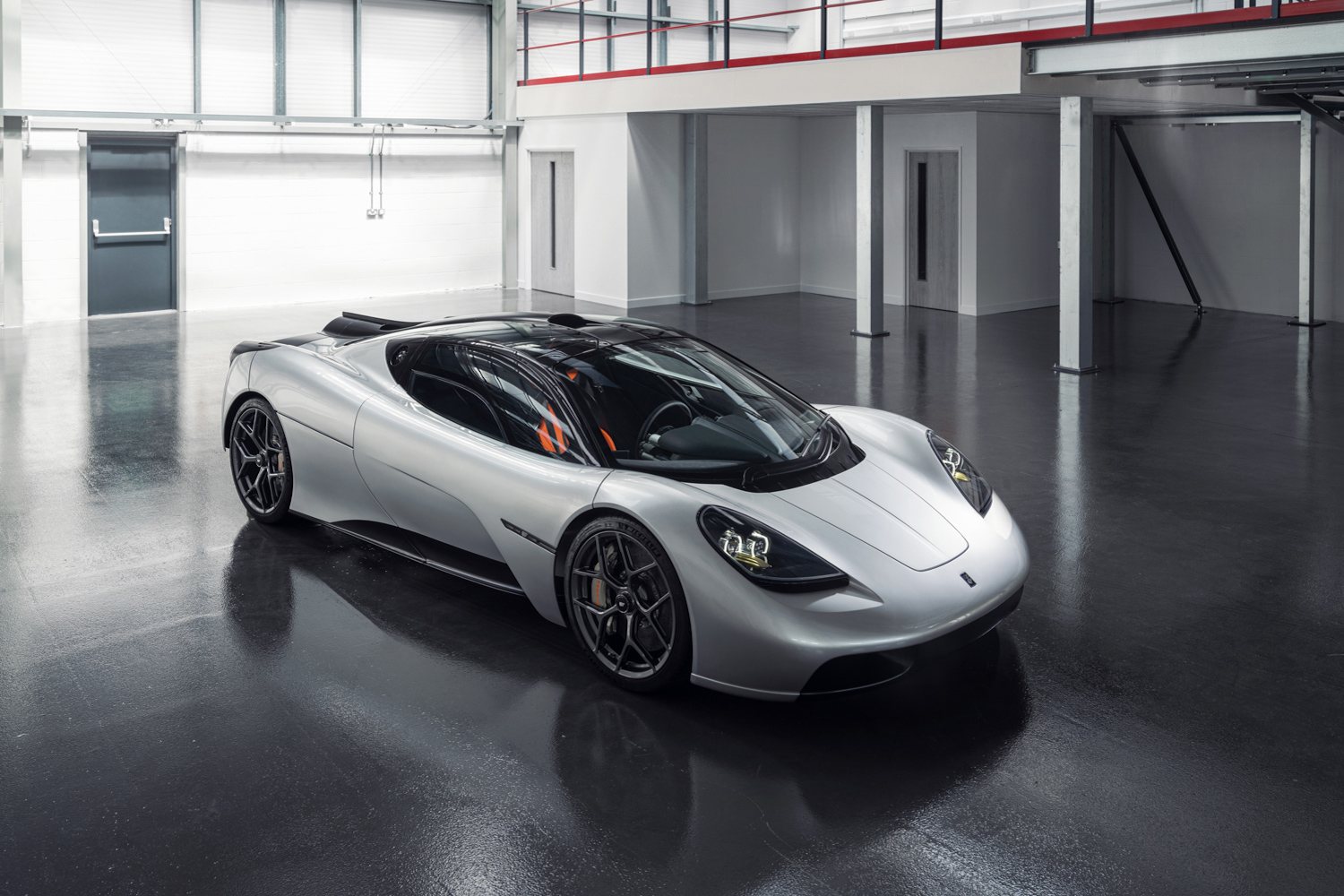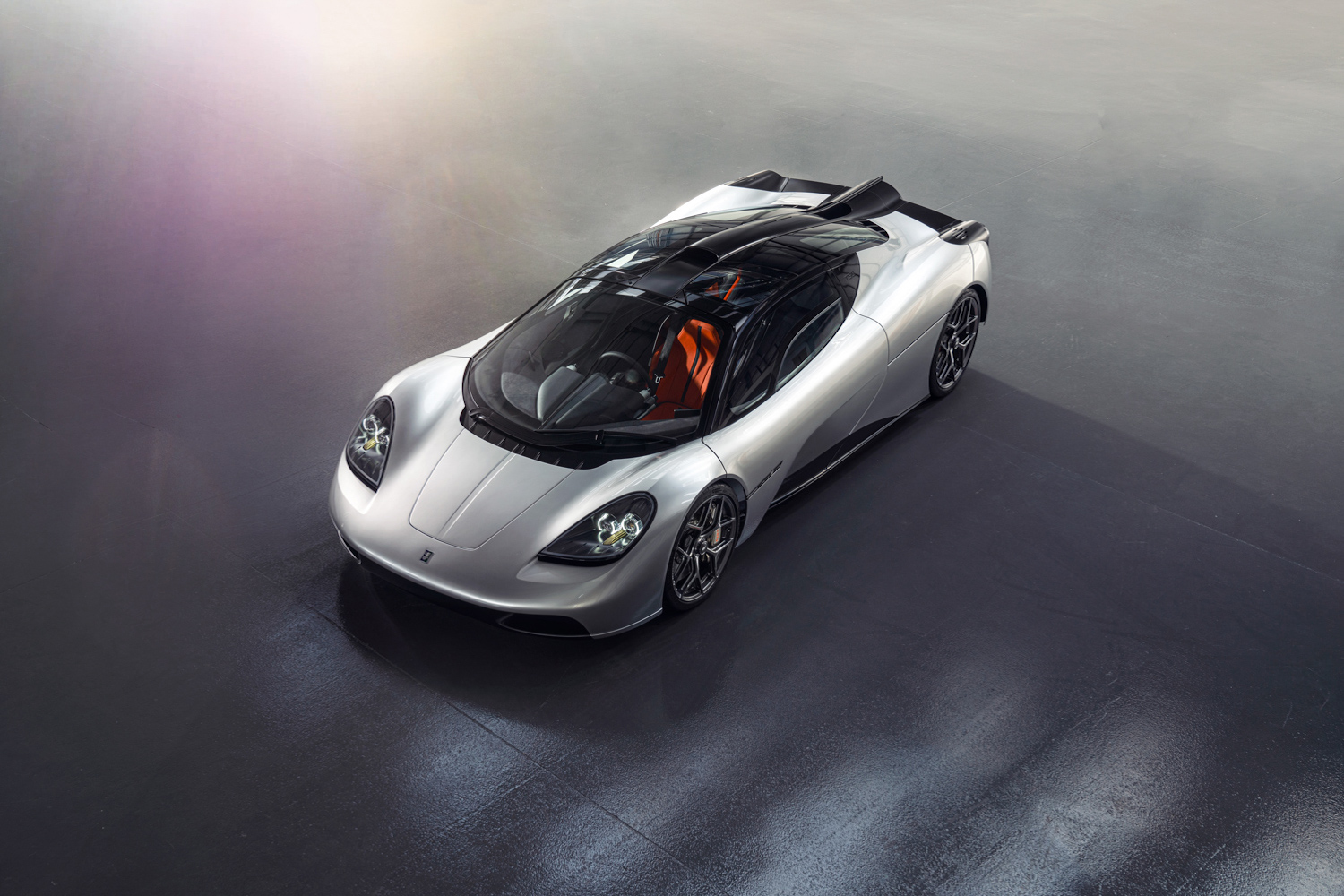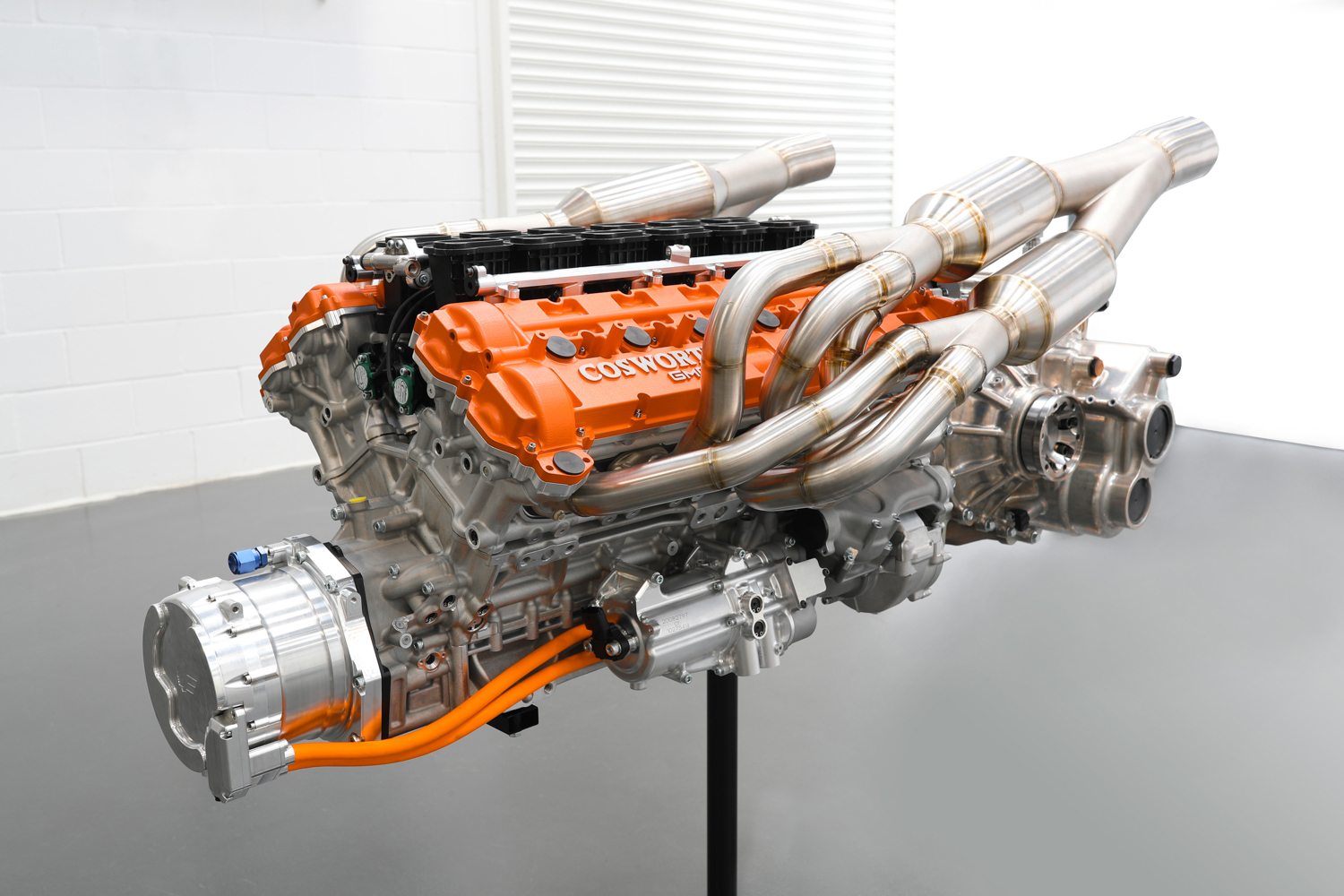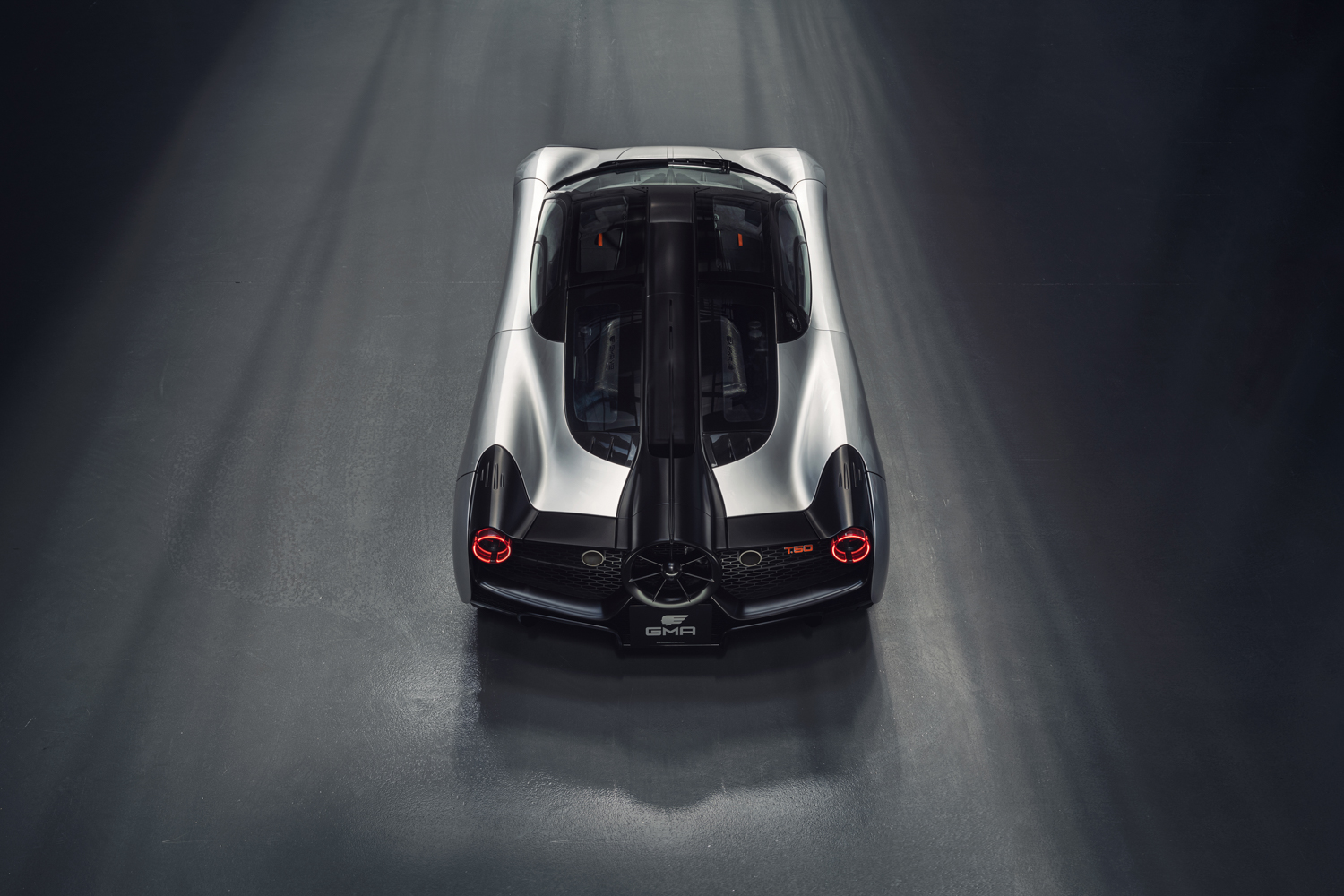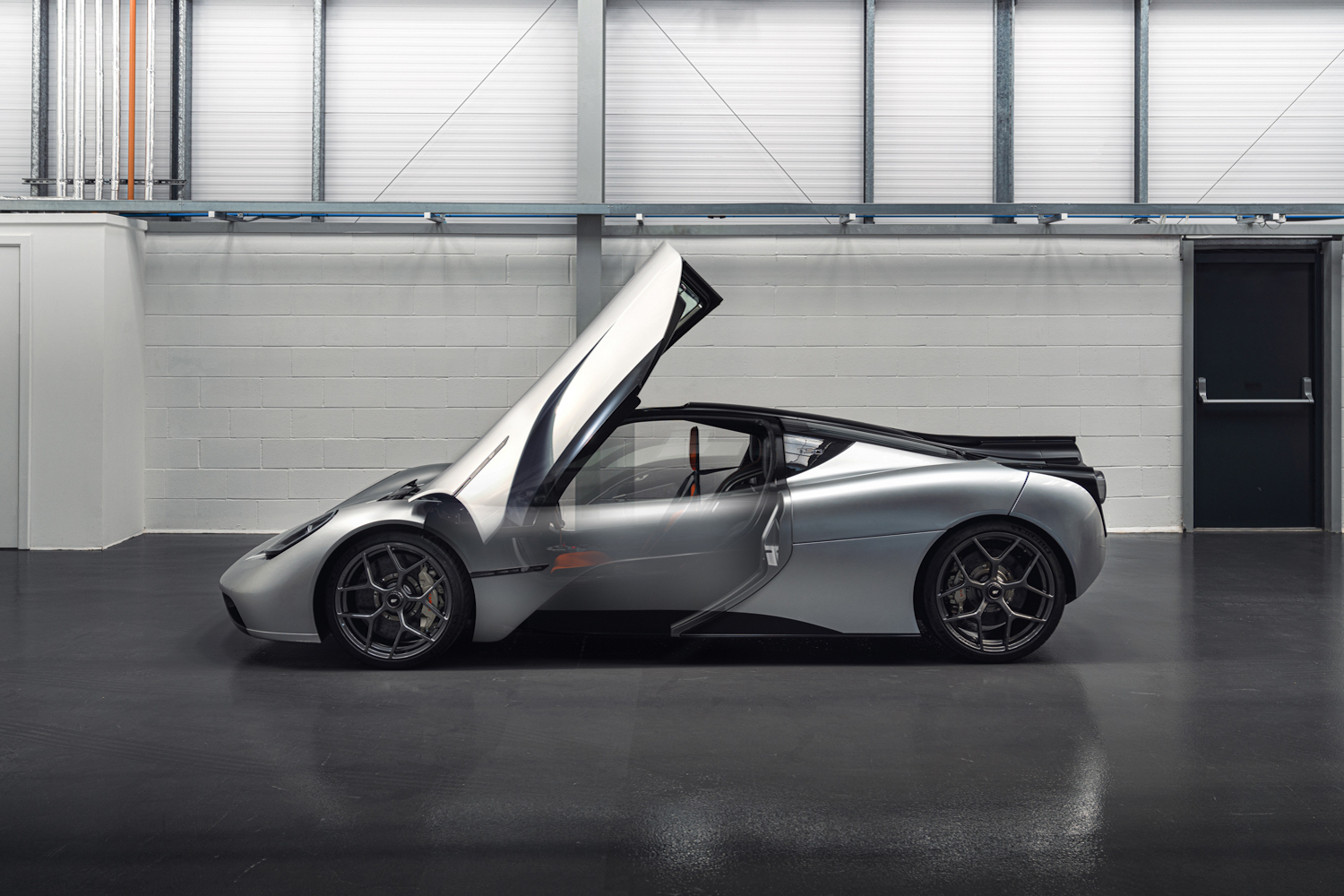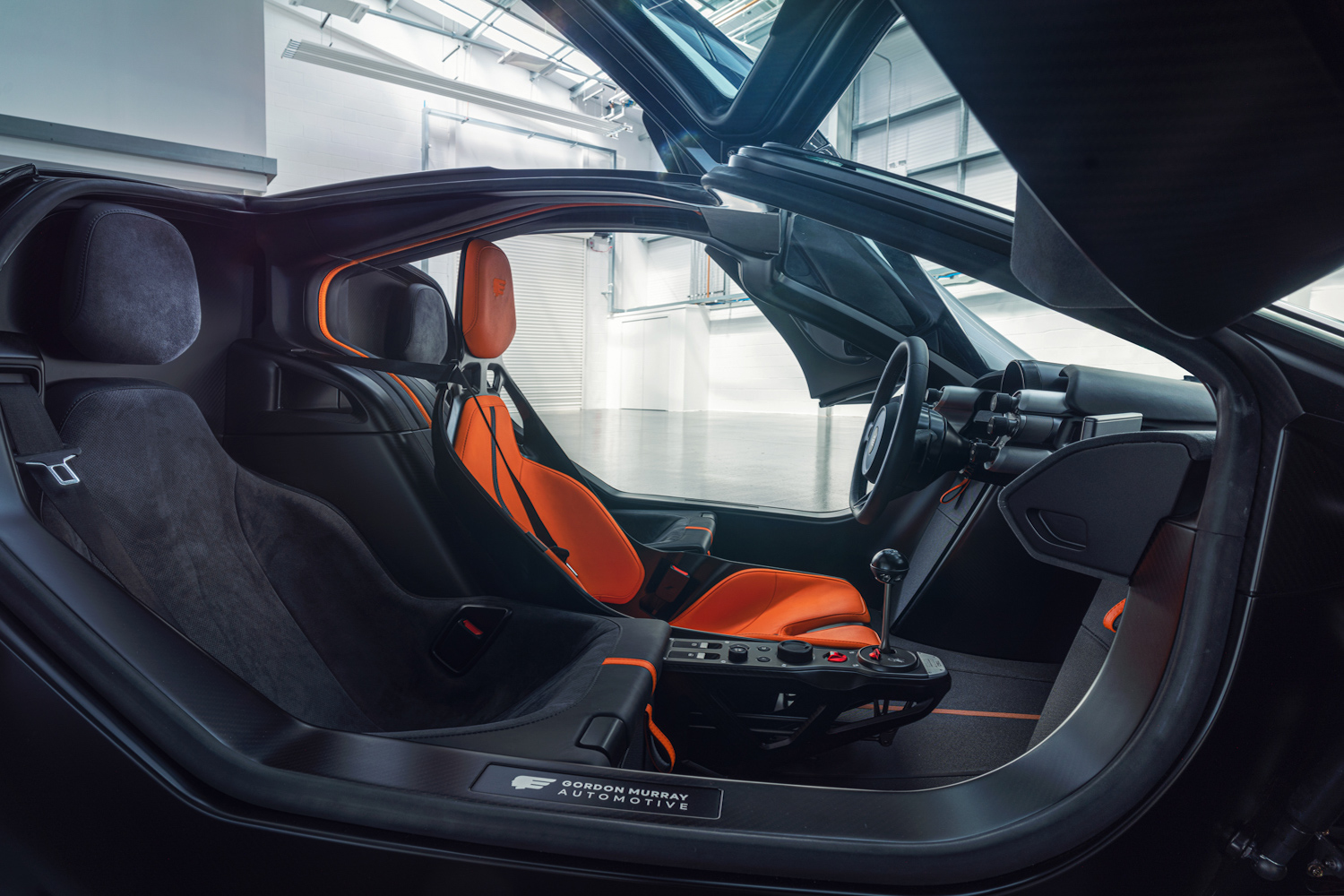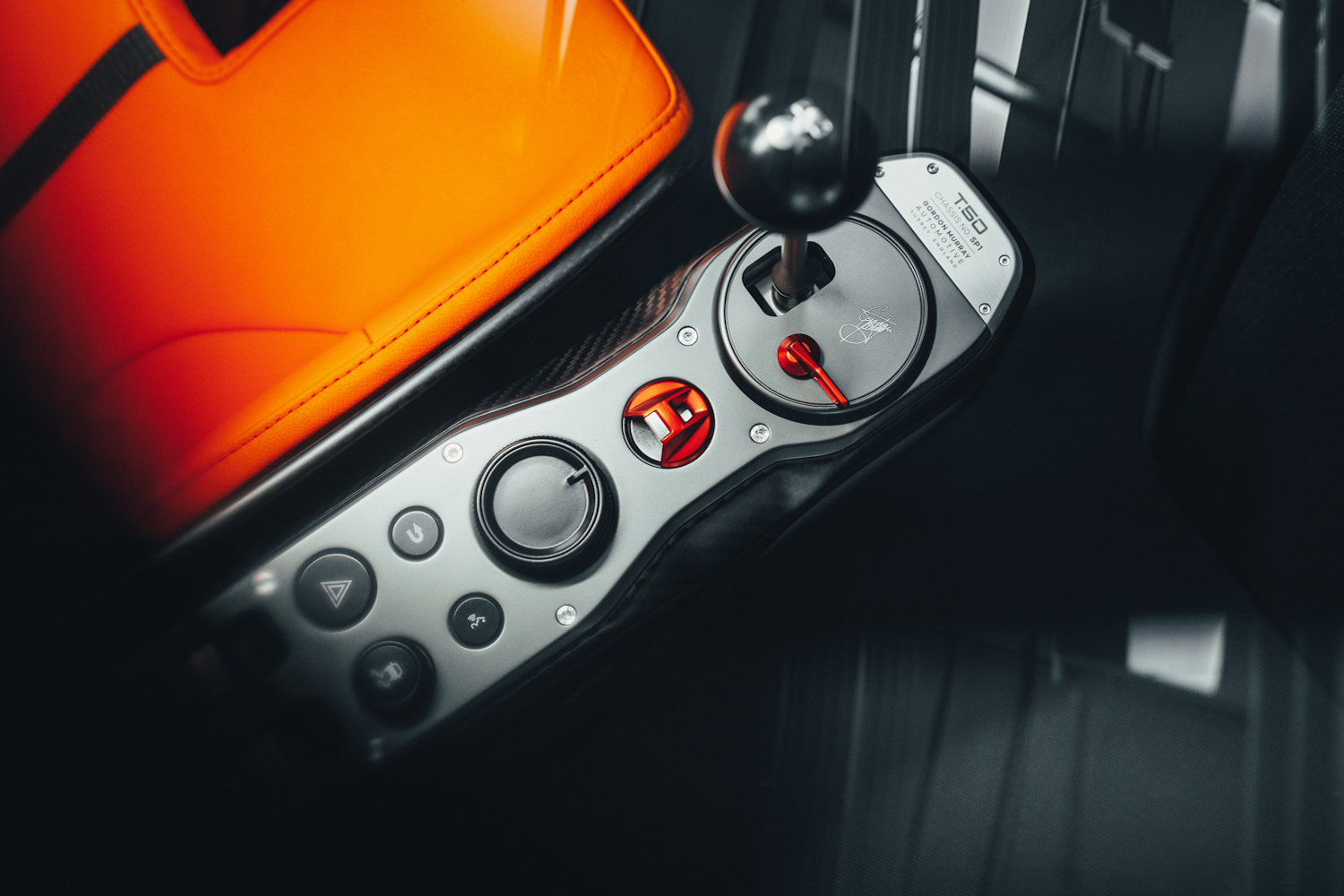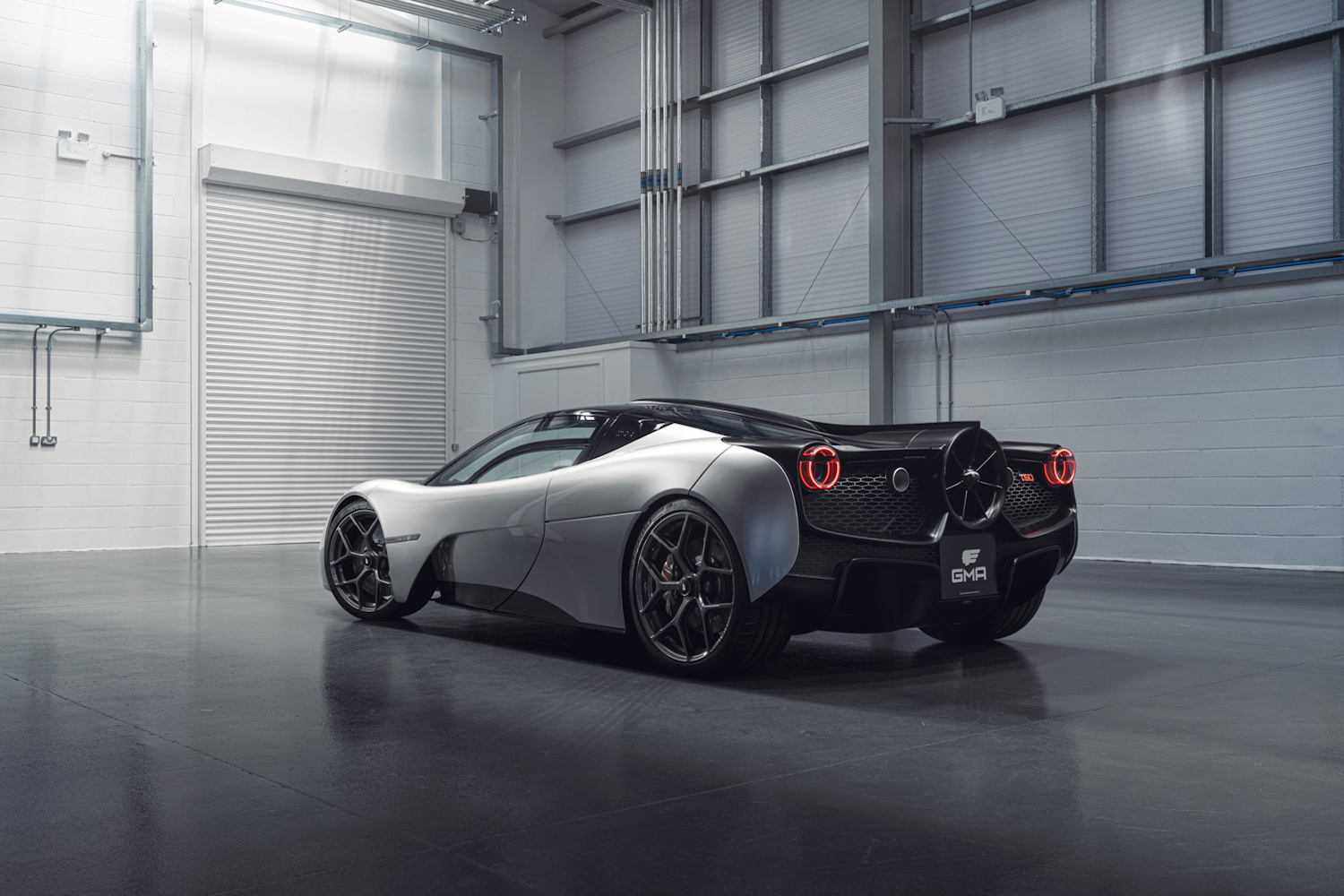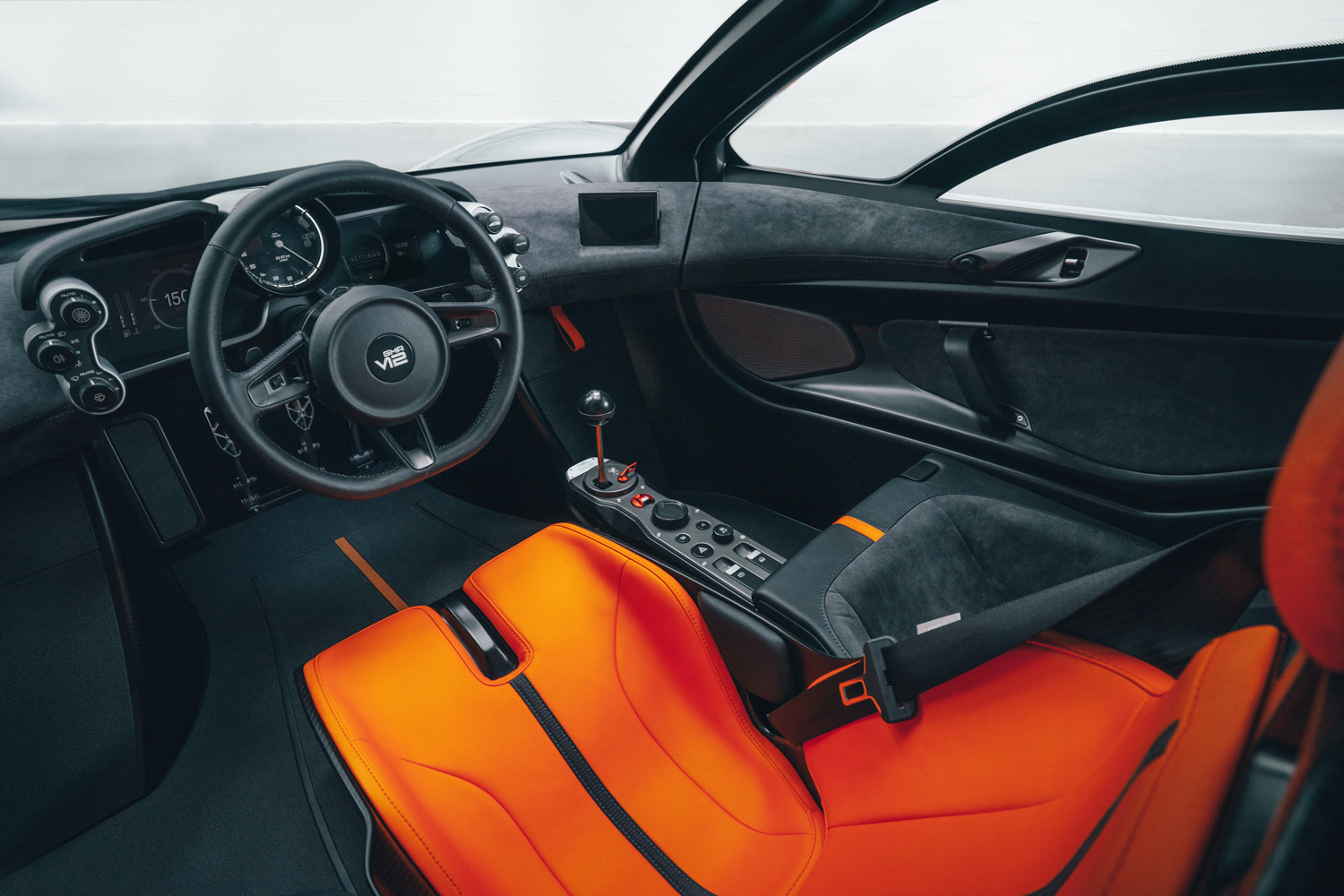Rewriting the supercar rule book? Well, that's the claim made for the new Gordon Murray Automotive T.50, and we suppose if anyone can make that claim and it not be spurious, it's Murray. He is, after all, the man who created the original 1993 McLaren F1, which reigned as king of the supercars for two decades. He's also the man behind F1 title-winning racing cars for the likes of Alain Prost, Ayrton Senna and Nelson Piquet.
Evolution of the original F1 concept
The T.50 has been designed as a kind of ultimate evolution of the original F1 concept. It has huge power, but top speed is incidental in a design that's far more focused on driver pleasure. Hence the car is light - just one tonne, or thereabouts - and compact - the same physical size as a Porsche Boxster.
"With the design of our T.50 supercar, we are taking the same focused approach that was applied to the design of the McLaren F1. Thanks to modern materials and 30 years of development, we have been able to deliver a far better all-round car in the T.50, while setting its weight at just 986kg, a full 150kg lighter than the F1" said Murray at the car's official unveiling.
In styling terms, the T.50 is exceptionally clean and simple at the front, becoming steadily more technical and almost industrial as you get around the back - a styling template lifted from that original McLaren. Also drafted in from the 1990s is a three-seat cockpit, with the driver in the central seat (F1-driver style, or jet-fighter style, delete according to taste) and passengers set back on either side. "Next-level aerodynamics allow us to avoid the current supercar trend for exaggerated wings, vents and ducts. I was determined to create a clean and pure shape that would remain timeless, ensuring the T.50 will still look fresh in 30 years" said Murray.
Carbon-fibre chassis
The chassis is, of course, carbon-fibre, with an aluminium honeycomb core (clearly a racing influence is at work) and that's not only light but also strong - Murray says that the passenger safety cell is similar in strength to that of an F1 car.
The really clever bit is the aerodynamic package. As with the McLaren F1, and the seminal 1978 Brabham BT46B Formula One car that Murray designed, and which was pulled from entry because it was too fast (sort of, it's a long story), the T.50 uses a huge rear fan to aid its aero performance. That fan can either suck air out from under the car, sticking it to the road with genuine ground effect, or it can feed air into the car's wake, effectively extending the tail of the T.50 and making it less draggy, and therefore more efficient. It can also cut the braking distance by as much as 10 metres and can act as a kinda-sort-turbo, ramming high-speed air into the engine's air intake, boosting power by as much as 50hp for short bursts.
4.0 V12 engine, no turbos...
Ah yes, the engine. A bespoke 4.0-litre unit, designed for the car by Cosworth, it's a naturally aspirated V12 (Murray hates turbos, in spite of dominating the F1 world championship with his Honda-engined McLaren MP4/4 in 1988) because they smother both noise and throttle response.
With 663hp, the V12 hits the top of the charts in terms of power-per-litre for a naturally aspirated engine, and there's 467Nm of torque, too, so that it's tractable at low speeds. The engine is incredibly light but still manages to serve, partly, as a structural part of the car, increasing stiffness. It's redlined at a superbike-style 12,100rpm, although peak power is delivered at 11,500rpm.
Thanks to the ram-air effect of the rear fan, that power can hit a temporary peak of 700hp, useful for when you need to get past a dawdling LaFerrari or Chiron. Power goes to the rear wheels, via a six-speed manual, again bespoke built for the car by transmission specialists XTrac.
Murray hasn't given any specific performance figures for the T.50 yet, although with that fan sucking you to the tarmac, the 0-100km/h time should be pretty special. It's not the point, though - the T.50 has been designed to be fun and rewarding to drive, as opposed to the fastest car around (Murray bemoans the spiralling weight gain of cars like the Bugatti Chiron, which can hit massive top speeds, but require huge weight to do so). Instead, the T.50's on-paper performance is secondary to the way it feels, how light it is, how wieldy, and its clever aerodynamics.
It's practical, too. The dihedral doors open up and wide, and the sills have been cut away so that it's easier for the driver to step into the central seat. "Comfortable, refined, spacious and easy to drive - not a typical description for a supercar with the capabilities, power or driver focus of the T.50. I've designed this car to be used every day, with almost 300 litres of luggage and storage space, a premium stereo, and excellent air conditioning. From its exceptional visibility and compact footprint to ease of ingress and egress, the T.50 rewrites the supercar rule book for usability" says Murray.
Only 100 T.50s will be built, plus a handful of not-street-legal trackday specials and Murray has dropped occasional hints about taking the car racing, possibly with an eye on repeating the F1's stunning 1995 Le Mans 24hrs success - the last time that a road-legal car won the legendary race. Prices start from STG£2.36 million, before taxes, and first customer deliveries are slated to start in January 2022.

